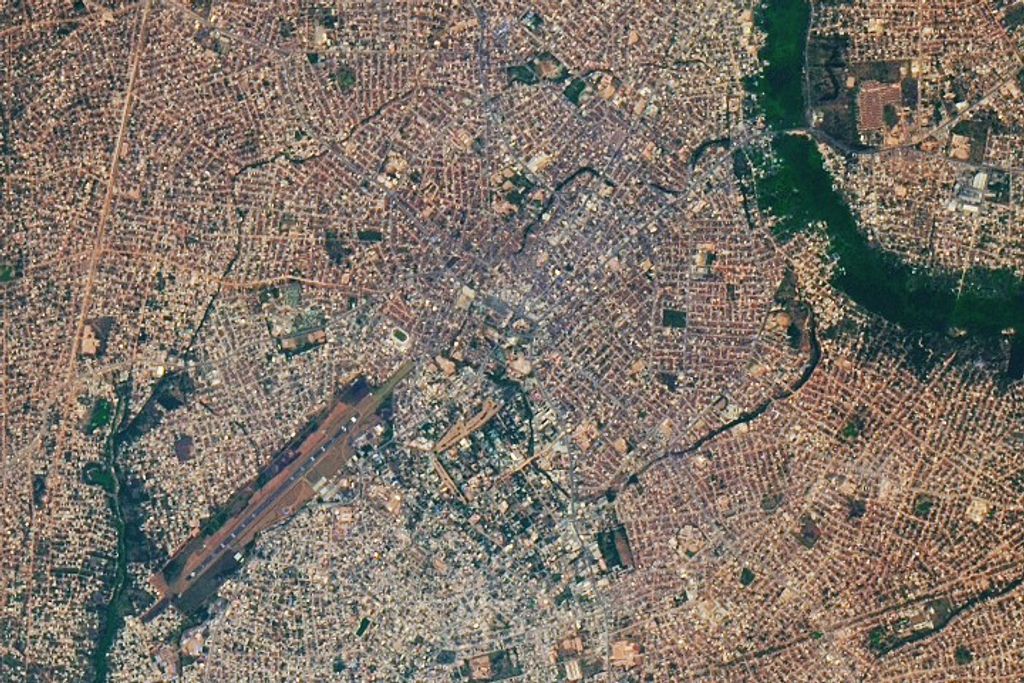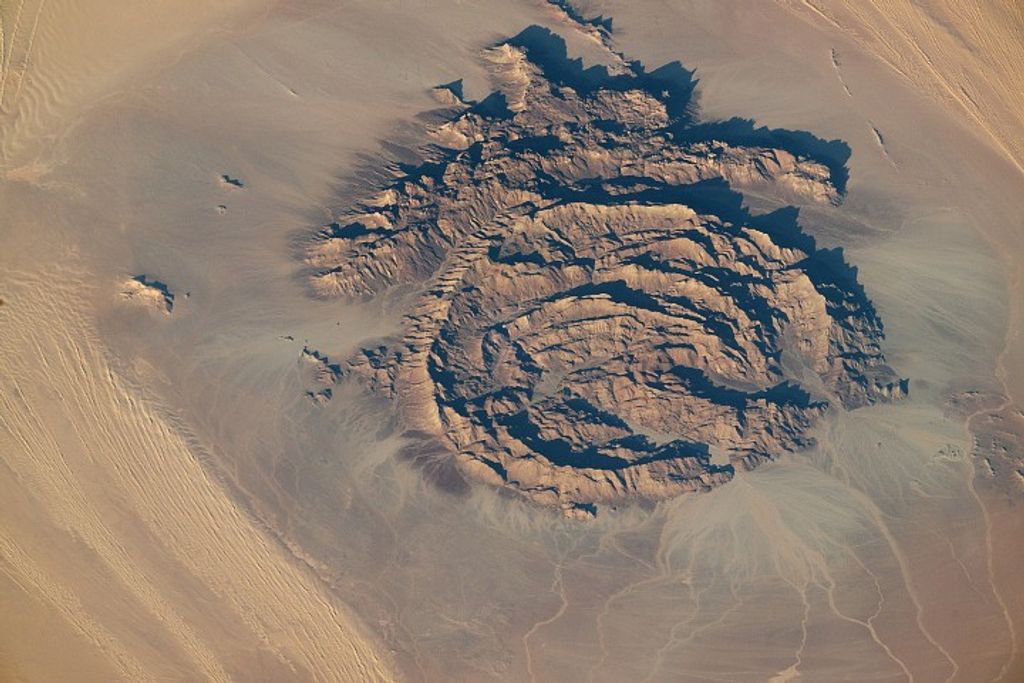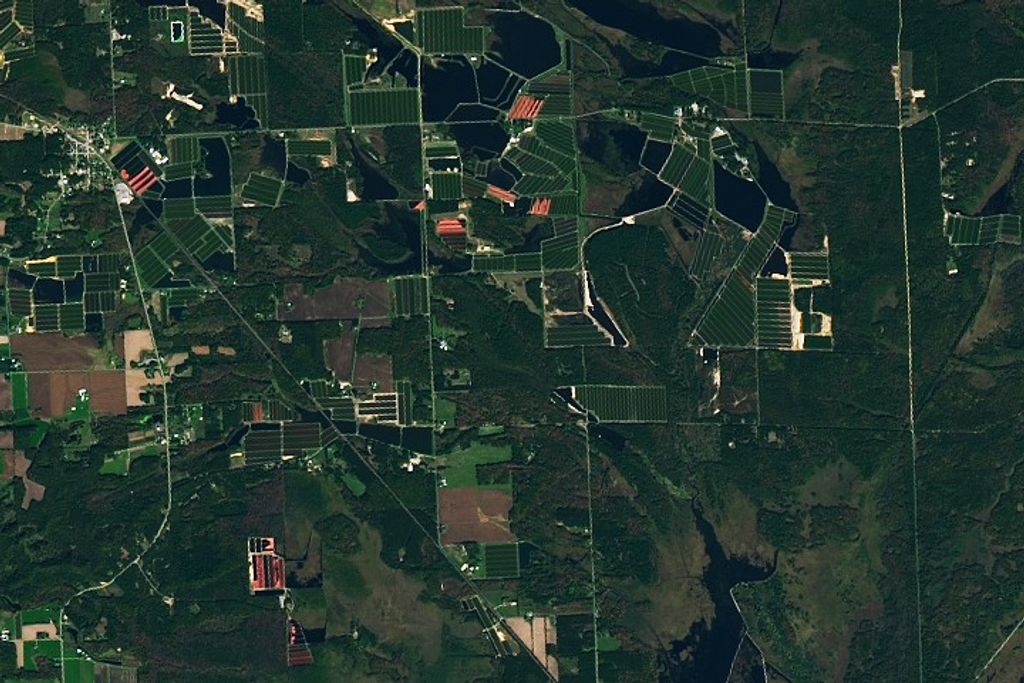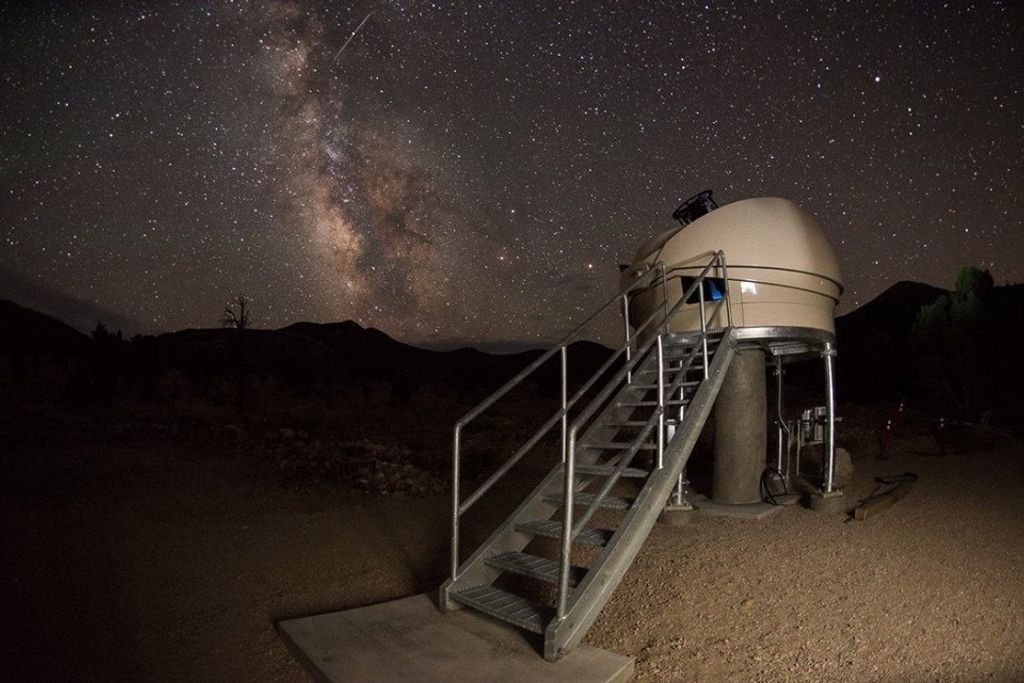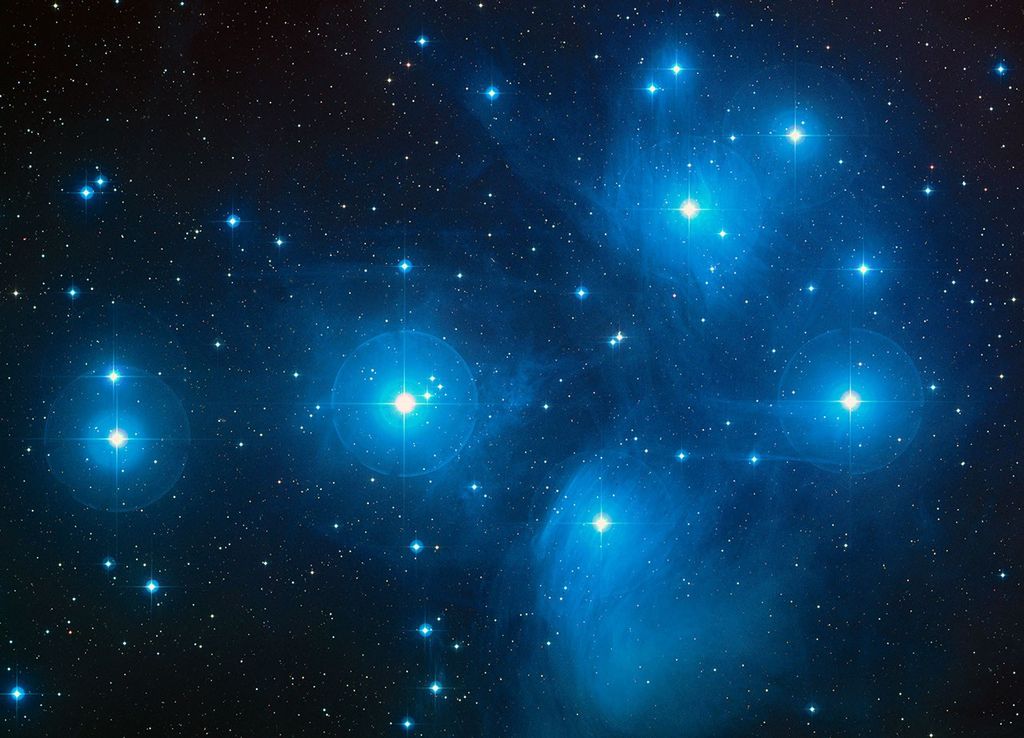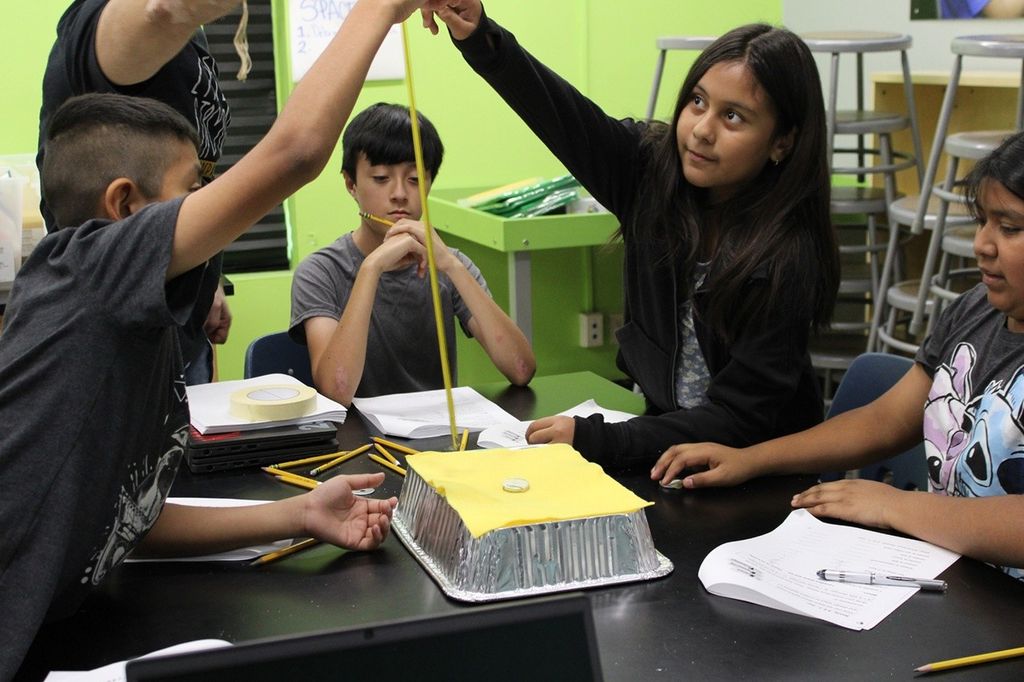Research Astrophysicist and Roman’s Deputy Wide Field Instrument Scientist – Goddard Space Flight Center
From a young age, Ami Choi — now a research astrophysicist at NASA — was drawn to the vast and mysterious. By the fifth grade, she had narrowed her sights to two career paths: marine biology or astrophysics.
“I’ve always been interested in exploring big unknown realms, and things that aren’t quite tangible,” Choi said. That curiosity has served her all throughout her career.
As a student at University Laboratory High School in Urbana, Illinois, Choi gravitated toward astrophysics and was fascinated by things like black holes. She studied physics as an undergraduate at the University of Chicago, though she says math and physics didn’t necessarily come easily to her.
“I wasn’t very good at it initially, but I really liked the challenge so I stuck with it,” Choi said.
Early opportunities to do research played a pivotal role in guiding her career. As an undergraduate, Choi worked on everything from interacting galaxies to the stuff in between stars in our galaxy, called the interstellar medium. She learned how to code, interpret data, and do spectroscopy, which involves splitting light from cosmic objects into a rainbow of colors to learn about things like their composition.
After college, Choi read an article about physicist Janet Conrad’s neutrino work at Fermilab and was so inspired by Conrad’s enthusiasm and inclusivity that she cold-emailed her to see if there were any positions available in her group.
“That one email led to a year at Fermilab working on neutrino physics,” Choi said.
She went on to earn a doctorate at the University of California, Davis, where she studied weak gravitational lensing — the subtle warping of light by gravity — and used it to explore dark matter, dark energy, and the large-scale structure of the universe.
Her postdoctoral work took Choi first to the University of Edinburgh in Scotland, where she contributed to the Kilo-Degree Survey, and later to The Ohio State University, where she became deeply involved in DES (the Dark Energy Survey) and helped lay the groundwork for the Nancy Grace Roman Space Telescope — NASA’s next flagship astrophysics mission.
“One of my proudest moments came in 2021, when the DES released its third-year cosmology results,” Choi said. “It was a massive team effort conducted during a global pandemic, and I had helped lead as a co-convener of the weak lensing team.”
After a one-year stint at the California Institute of Technology in Pasadena, where Choi worked on SPHEREx (Spectro-Photometer for the History of the Universe, Epoch of Reionization and Ices Explorer)—an observatory that’s surveying stars and galaxies—she became a research astrophysicist at NASA’s Goddard Space Flight Center in Greenbelt, Maryland. She also serves as the deputy Wide Field Instrument scientist for Roman. Choi operates at the intersection of engineering, calibration, and cosmology, helping translate ground-based testing into flight-ready components that will help Roman reveal large swaths of the universe in high resolution.
“I’m very excited for Roman’s commissioning phase — the first 90 days when the spacecraft will begin transmitting data from orbit,” Choi said.
She’s especially drawn to so-called systematics, which are effects that can alter the signals scientists are trying to measure. “People sometimes think of systematics as nuisances, but they’re often telling us something deeply interesting about either the physics of something like a detector or the universe itself,” Choi said. “There’s always something more going on under the surface.”
While she’s eager to learn more about things like dark energy, Choi is also looking forward to seeing all the other ways our understanding of the universe grows. “It’s more than just an end goal,” she said. “It’s about everything we learn along the way. Every challenge we overcome, every detail we uncover, is an important discovery too.”
For those who hope to follow a similar path, Choi encourages staying curious, being persistent, and taking opportunities to get involved in research. And don’t let the tricky subjects scare you away! “You don’t have to be perfect at math or physics right away,” she said. “What matters most is a deep curiosity and the tenacity to keep pushing through.”
By Ashley Balzer
NASA’s Goddard Space Flight Center, Greenbelt, Md.







